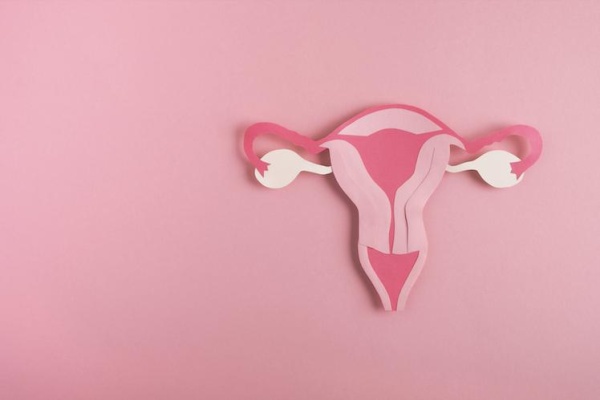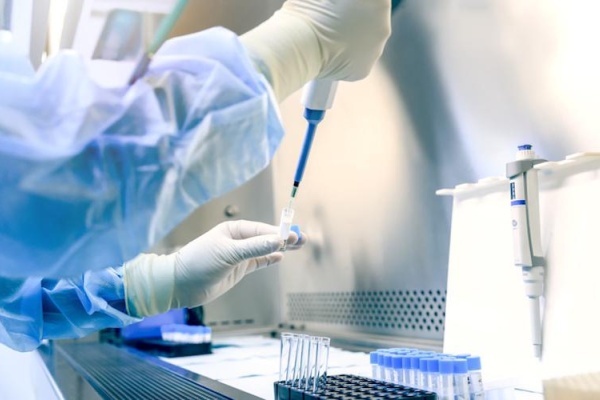How is polycystic ovary syndrome diagnosed?
Polycystic ovary syndrome is characterised by chronically irregular menstrual cycles that are classically long (>35 days) or non-existent (no periods).
This disturbance of menstruation due to lack of ovulation (chronic oligo-anovulation) is generally associated with ovaries that carry an increased number of small 2-9 mm follicles or antral follicles (in principle >12 antral follicles per ovary). Together, these two characteristics - oligo-anovulation and increased number of antral follicles - lead to the diagnosis of polycystic ovary syndrome, commonly known as PCOS.
This condition is often associated with a slight increase in male hormones, which can result in a slight increase in hair growth and a tendency to acne. This condition of PCOS is constitutional and lasts throughout reproductive life, although the degree of expression of the disorder can vary considerably.
Characteristically, polycystic ovary syndrome (with oligo-anovulation) is present from puberty to menopause, with a tendency for cycles to normalise with advancing age. PCOS is not strictly speaking a genetic disease, but there are clear familial tendencies.
PCOS: Treatment of polycystic ovaries
Women who simply have long menstrual cycles - for example 35-36 days - often do not require treatment for polycystic ovaries. If ovulation is more irregular - longer cycles - treatment should be considered.
If the patient wishes to become pregnant with polycystic ovary syndrome, ovulation will need to be induced artificially so that fertilisation can take place and pregnancy can develop. There are three possible options for treating PCOS if it is responsible for infertility:
- Ovarian stimulation with clomiphene citrate treatment (Clomid®) or treatment with gonadotropin injections as a second-line treatment (Gonal-F®, Puregon®, Bemfola®, Menopur®, Fertistart®)
- Surgical operation: ovarian electrocoagulation or ovarian 'drilling' (if patent fallopian tubes and failure of previous treatments)
- A fertility journey (in the event of failure of previous treatments or associated male or tubal factors)
Written by:
Prof. Dominique de Ziegler,
University Consultant in the Department of Gynaecology
Foch Hospital



